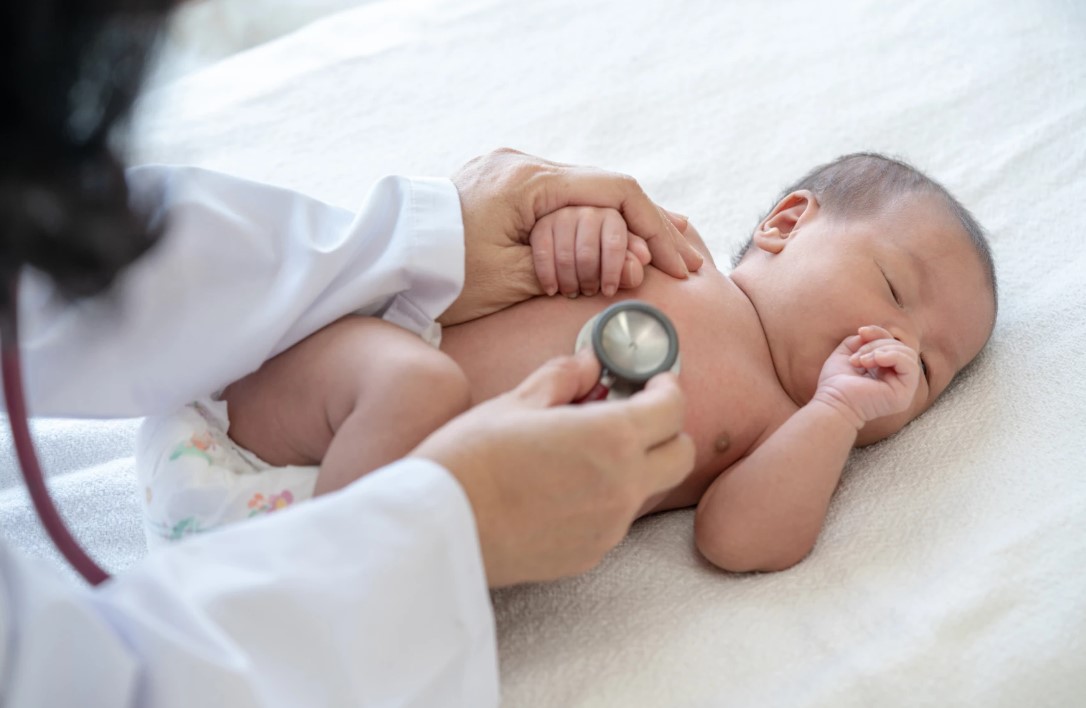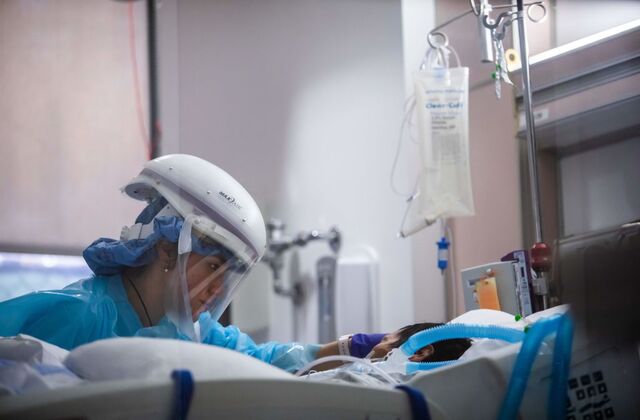The mention of other preventative measures, such as an RSV vaccine for pregnant people, is relevant because RSV can be particularly severe in infants, and preventing maternal infection can help protect newborns. An RSV vaccine for pregnant individuals can potentially provide passive immunity to the newborn, as antibodies produced by the mother are passed on to the baby and can help protect them from RSV.
I t's important to stay updated on the latest developments and recommendations regarding RSV prevention, as the field of medicine and vaccination is constantly evolving. You should consult with your healthcare provider for the most current information and guidance on protecting your baby from RSV, especially if nirsevimab is in short supply or unavailable.
The measures are focused on people ages 18 to 26 who cannot obtain health insurance through parents or employers and do not meet income-eligibility criteria for Medicaid.
The measures you are referring to seem to be aimed at a specific group of people, typically young adults between the ages of 18 to 26, who face challenges in obtaining health insurance. These measures are designed to address the gaps in healthcare coverage for this particular demographic. Here's a breakdown of the key points Age Group: The focus is on individuals aged 18 to 26. This age range is significant because it often marks the period when young adults may no longer be eligible for coverage under their parents' health insurance plans.

The measures you are referring to seem to be aimed at a specific group of people, typically young adults between the ages of 18 to 26, who face challenges in obtaining health insurance. These measures are designed to address the gaps in healthcare coverage for this particular demographic. Here's a breakdown of the key points Age Group: The focus is on individuals aged 18 to 26. This age range is significant because it often marks the period when young adults may no longer be eligible for coverage under their parents' health insurance plans.

Lack of Parental Coverage: The measures are directed at those who cannot obtain health insurance through their parents. In some countries, like the United States, there are provisions in healthcare laws that allow children to stay on their parents' insurance plans until a certain age, typically 26. Beyond that age, they need to find their own coverage.

Employer Coverage: This group may also include individuals who don't have access to health insurance through their employers. Not all jobs provide health benefits, and part-time or temporary positions may not include such benefits.
//
Income Ineligibility for Medicaid
The measures are intended for those who do not meet the income-eligibility criteria for Medicaid, which is a government-funded healthcare program primarily for low-income individuals and families. It means that these young adults may not qualify for Medicaid based on their income. The aim of these measures is to provide an avenue for affordable healthcare coverage for young adults who fall into this specific category, ensuring that they have access to essential healthcare services. This might involve the creation of special insurance programs, subsidies, or other policies designed to bridge the coverage gap for this age group. Specific programs and policies can vary by country and region, so it's essential to consult local healthcare authorities or resources for precise details on the measures available in a given area.
A House Democrat filed a proposal Thursday that calls for the state to study expanding the Medicaid program to offer coverage to people ages 18 to 26 who might not otherwise be able to have health insurance.
Breast cancer screenings An expert discusses why tissue density matters
Breast cancer screenings are essential for early detection and treatment of breast cancer, as early intervention can significantly improve outcomes. Tissue density is an important factor when discussing breast cancer screenings, particularly in the context of mammography. Here's why tissue density matters: Mammography and Tissue Density: Mammography is a common screening tool for breast cancer. It involves taking X-ray images of the breast tissue. Breast tissue can be categorized into two main types: dense and non-dense (fatty) tissue.
Dense Breast Tissue: Dense breast tissue contains more glandular and fibrous tissue and appears white on a mammogram. This tissue density can make it more challenging to detect tumors because cancerous tissue also appears white on the mammogram. As a result, cancers can be hidden by the dense tissue, making them less visible to the radiologist. Risk of Missed Cancers: In women with dense breast tissue, there is an increased risk of missing small tumors or early-stage cancers on mammograms. This can delay the diagnosis and treatment of breast cancer.
Risk of Missed Cancers: In women with dense breast tissue, there is an increased risk of missing small tumors or early-stage cancers on mammograms. This can delay the diagnosis and treatment of breast cancer. Additional Screening Options: Due to the limitations of mammography in women with dense breast tissue, healthcare providers may recommend additional screening methods such as ultrasound or magnetic resonance imaging (MRI). These tests can provide complementary information and improve the chances of detecting cancer in dense breast tissue.
Our Newsletter
Subscribe our newsletter to get latest news & promotion
By subscribing, you accepted the our Policy
Education and Awareness: Many countries and regions have laws or regulations requiring that women be informed of their breast tissue density following a mammogram. This information empowers women to have a conversation with their healthcare providers about their specific screening needs and whether additional tests are necessary.
.png)
WSHINGTON NEWS
WN, editor

about Us
"The Washington News," which is a daily newspaper based in Washington, D.C., United States, The Washington Times covers a wide range of news and topics, including national and international news, politics, business, and culture





.jpg)






.jpeg)

